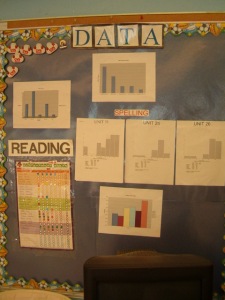
My own formative assessments have changed over the years. Being able to quickly assess where a student is at in relation to the standard helps me make decisions. These decisions impact classroom lessons and activities. I’ve always been a fan of exit slips and quick review checkpoints that see if students understand what was discussed during a particular lesson. Most of these take on a paper form. In fact, one year my district’s math committee spent almost an entire year working on these types of formative assessments. I still use some of these and find them valuable. These exit slips are usually split into a half-sheet with a small amount of questions related to the skill for that day. Students complete it in around 5-10 minutes.
This year I’ve been relying a bit more on digital formative assessments. These projects involve having students explain their math reasoning through some type of digital recording. Lately I’ve been using Recap (Thanks Kirk!) and Explain Everything for this. Students generally follow a rubric and submit their file to me via SeeSaw or Showbie. In my experience, audio or video formative checkpoints are much more valuable than other formative assessments. Not only can I view these checkpoints at a later time, I can also check for vocabulary use and hidden misconceptions that a student may have adopted along the way. I generally can’t uncover that as easily with an exit card. Moreover, students and parents can review their recordings over time.
I believe all formative assessments have some type of value. The extent of the value depends on how it the checkpoint is used. Blending formative assessment strategies has its advantages. I want to be able to gauge student understanding and give feedback that helps connect understanding. This isn’t always possible with standard curriculum guides. Looking beyond the traditional blackline masters may yield better results.

















